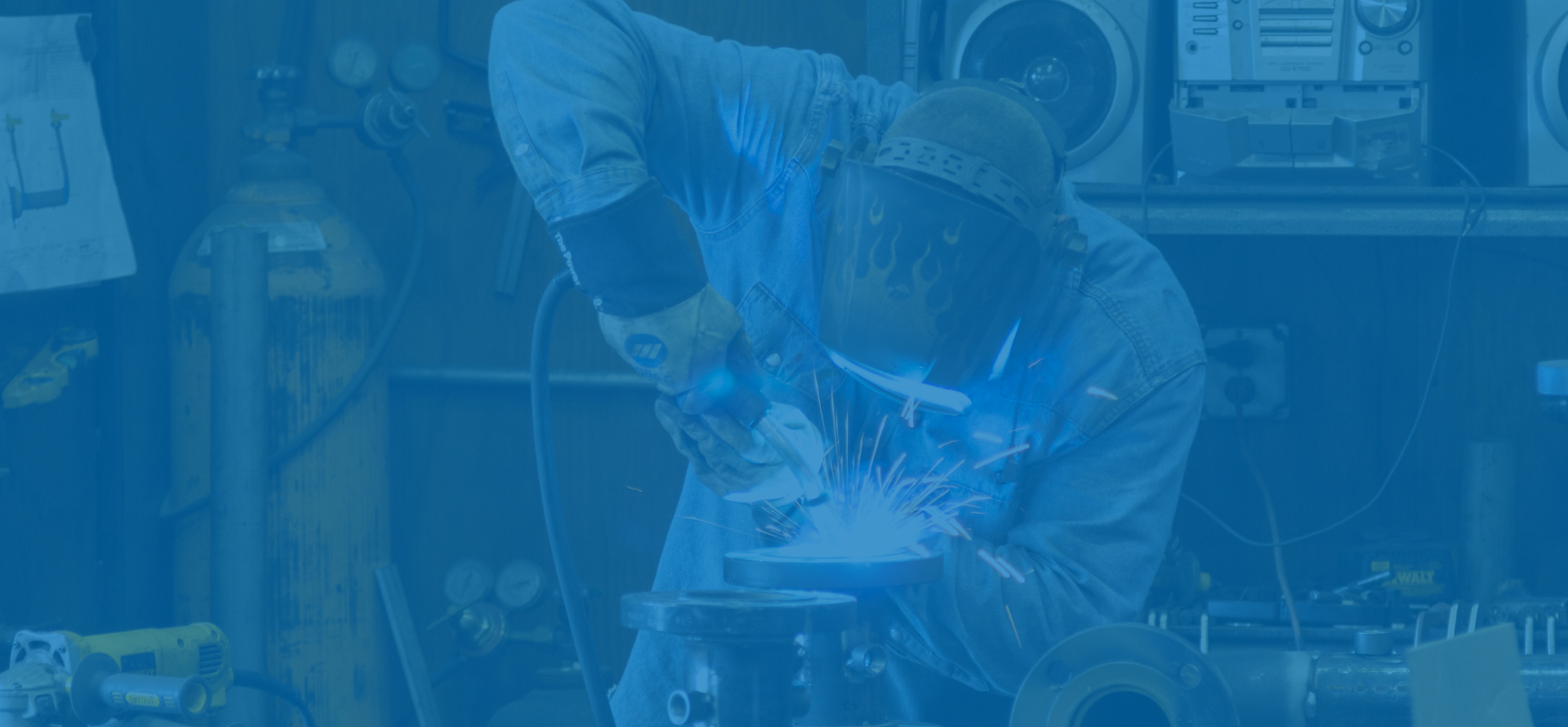
An overheating water pump can shorten the life of the motor and cause damage to surrounding piping. Even a brand new pump can get too hot and suddenly stop working and have to be replaced.
Save money and hassle. Know the warning signs of an overheating pump. Here’s what you need to know:
1. You Can’t Touch It
If you can touch the pump (not the motor) without feeling any significant heat, then the pump is probably working as it should. But if the pump feels hot to the touch (be careful) or you see steam, then it is running too hot. This applies only to the wet end. Electrical motors will feel hot to the touch even under normal conditions as most run at an ambient temperature of 40 degrees C, which is over 100 degrees F. This will feel hot to the touch. Of course a motor running at a temperature above 40 degrees C can be an indication of a problem with the motor.
2. The Pump Sounds like Rocks Are in It
If your pump is making a noise that sounds like rock are tumbling inside, then the pump is probably cavitating. Cavitation can occur if the suction lift is too high, the suction line is partially blocked or the temperature of the liquid being pumped is high. Cavitation can cause serious damage to the impeller of the pump.
3. It’s Losing Prime
The internal components of a pump depend on the fluid flowing past them to keep them cool. If the pump loses prime, then the water inside of the pump casing can get extremely hot (due to the friction of the impeller) and eventually turn to steam. When this happens, the high temperature can damage seals, the impeller, and even plastic piping connected to the pump. The most likely culprits to cause a pump to lose prime are a small air leak in to suction line or a leaking shaft seal.
4. Look for Clogs
A clog in the suction line or strainer may be restricting the flow of water and can cause cavitation or loss of prime. Either of these conditions can cause the pump end to overheat.
5. The Motor is Drawing too Much Current
The motor name plate includes some important information. Two pieces of vital information are the motor service factor (SF) and the full load amps (FLA). Amperes or amps is the unit of measure of electrical current and is an indication of how hard an electrical motor is working. At a given voltage, the higher the amps the more work a motor is doing. The FLA listed on the motor name plate is the amount of current that that particular motor should draw when it is under full load. The FLA can be exceeded by the amount of the service factor, but anything higher is considered excessive and can be an indication of a motor or pump problem. Several factors can cause a pump to draw too much current. Among those are the pump is operating at the far right hand of the pump curve; a mechanical issue such as bad bearings; a bad winding in the motor; or the pump is wired to the incorrect voltage.
Don’t Ignore an Overheating Pump
Ignoring it could cost you. If you don’t know why it’s overheating, call an expert. We can help.
Ignoring it could cost you. If you don’t know why it’s overheating, call an expert. We can help.









